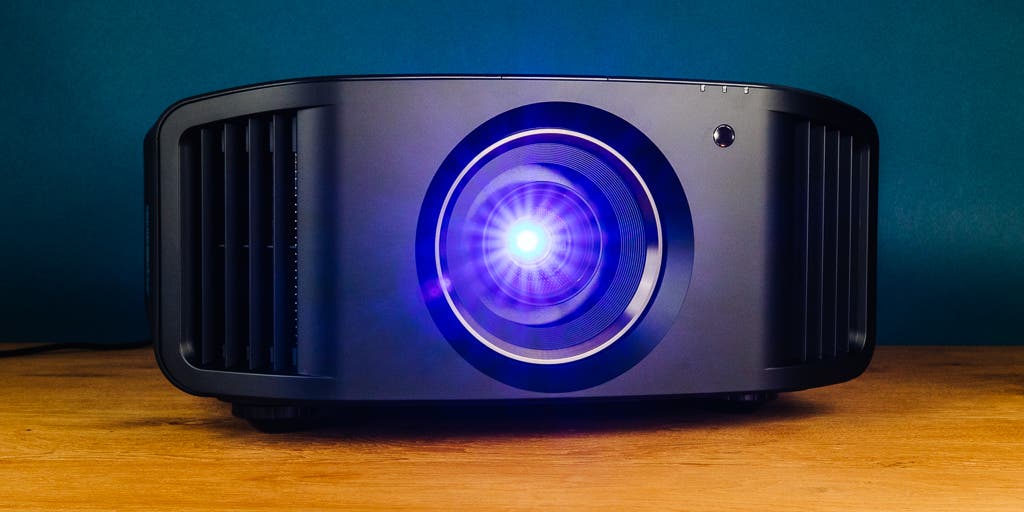Are you looking for a projector for your office? Not sure which one to choose? There are a few things to consider when picking the right projector for your viewing office needs.
The first thing to think about is what you will be using the projector for. Will you be giving PowerPoint presentations or showing video clips? Do you need a high-definition projector or will a standard one suffice?
Once you know what you need the projector for, it’s time to start considering features. One important feature to look at is brightness. If you’ll be using the projector in a room with lots of natural light, then you’ll need a brighter model.
Another important feature is contrast ratio, which measures the difference between the darkest and lightest areas of an image. A higher contrast ratio means that images will appear more detailed and lifelike.
- Determine what type of projector you need
- The three main types are data, video, and multimedia
- Decide on the features that are most important to you
- Some factors to consider include: brightness, contrast ratio, resolution, weight and portability, input options, and price
- Consider the size of your audience and room when choosing projector specifications like lumens (brightness) and throw ratio (the distance the projector can be from the screen or surface)
- Determine where you will be using your projector most often and look for a model that is designed for that specific environment (i
- , home theater projectors are not typically used in business settings)
- Once you have narrowed down your search to a few models, read online reviews to get feedback from other users before making your final purchase decision

Credit: blog.tripplite.com
What are the Different Types of Projectors Available
There are several different types of projectors available on the market. The most common type is the LCD projector, which uses liquid crystals to create an image. DLP projectors use digital light processing technology to create an image, while LED projectors use light-emitting diodes.
Other types of projectors include overhead projectors and slide projectors.
How Do I Know Which Projector is Right for My Viewing Office Needs
There are a few things you’ll want to take into account when choosing a projector for your office, including:
– The size of the room or space you’ll be using
– How many people will be viewing the projection
– The types of presentations you’ll be showing
– If you need a portable projector
– Your budget
Once you’ve considered these factors, you can start narrowing down your search for the perfect projector. If, for example, you have a small conference room and typically only need to project to a handful of people, then you won’t need an overly powerful or expensive model. A simple LCD projector should suffice.
However, if you regularly give large presentations to groups of people, then you might want to consider investing in a brighter DLP projector. These tend to be more expensive but offer a sharper image that will be easier for everyone in the room to see.
Ultimately, the best way to know which projector is right for your office’s needs is by doing your research and reading reviews from other customers.
This way, you can get an idea of what different models offer and compare them side-by-side until you find the perfect match.
What are the Features to Look for When Choosing a Projector
When choosing a projector, there are several features to consider. The most important factor is probably the resolution, which is the number of pixels that make up the image. A higher resolution means a sharper image, so you’ll want to choose a projector with at least 1080p (1920×1080) resolution.
Another important factor is contrast ratio, which is the difference between the darkest and lightest parts of the image. A high contrast ratio will result in a more detailed image.
Other factors to consider include:
– Brightness: This is measured in lumens and affects how well the projector can display images in different lighting conditions. A brighter projector will be better for rooms with lots of ambient light.
– Throw ratio: This is the distance between the projector and the screen divided by the width of the projected image.
A shorter throw ratio means you can place the projector closer to the screen, while a longer throw ratio requires more distance between them.
– Inputs: Make sure your chosen projector has all the right inputs for your needs – whether that’s HDMI, VGA, DVI or something else entirely.
How Much Should I Expect to Pay for a Quality Projector
When it comes to projectors, there is no one-size-fits-all answer to the question of how much you should expect to pay for a quality model. The price of a projector depends on a number of factors, including its brightness, resolution, and features. In general, you can expect to pay anywhere from $500 to $5,000 for a quality projector.
Brightness is one of the most important factors to consider when choosing a projector. A brighter projector will be able to produce a more visible image in larger spaces or in rooms with more ambient light. Resolution is also an important consideration; higher resolutions will result in sharper images.
Other features that can affect the price of a projector include its throw ratio (the distance between the projector and the screen), connectivity options, and whether or not it includes built-in speakers.
Ultimately, the best way to determine how much you should expect to pay for a quality projector is to consult with an expert or take advantage of online resources that can help you compare models based on your specific needs and budget.
Where Can I Find Reviews of Different Projectors
There are many places online where you can find reviews of different projectors. A good place to start is projectorcentral.com, which offers a comprehensive database of projector reviews. Another great resource is ProjectorReviews.com, which provides both professional and user reviews of a wide range of projectors.
Finally, CNET also offers a number of in-depth projector reviews, so be sure to check them out as well.
Conclusion
In any business, first impressions matter. You want your office to look professional and modern, and one way to do that is by investing in a quality projector. But with so many options on the market, how do you know which one is right for you?
Here are a few things to keep in mind when shopping for a projector for your office:
-Brightness: The brightness of a projector is measured in lumens. The higher the lumen rating, the brighter the projection will be.
If you’ll be using your projector in a room with lots of natural light, you’ll need a model with at least 2,000 lumens.
-Resolution: Resolution is the number of pixels that make up the image projected by the device. The higher the resolution, the sharper and more detailed the image will be.
For business presentations, look for a projector with at least 1080p resolution.
-Connectivity: Most projectors these days come equipped with multiple input options, such as HDMI, USB, and VGA ports. This allows you to connect to various devices, like laptops, smartphones, and tablets.
Make sure the projector you choose has the right ports for your needs.
With these factors in mind, take some time to research different models before making your final decision. Consider what features are most important to you and find a projector that fits both your budget and your viewing needs.
